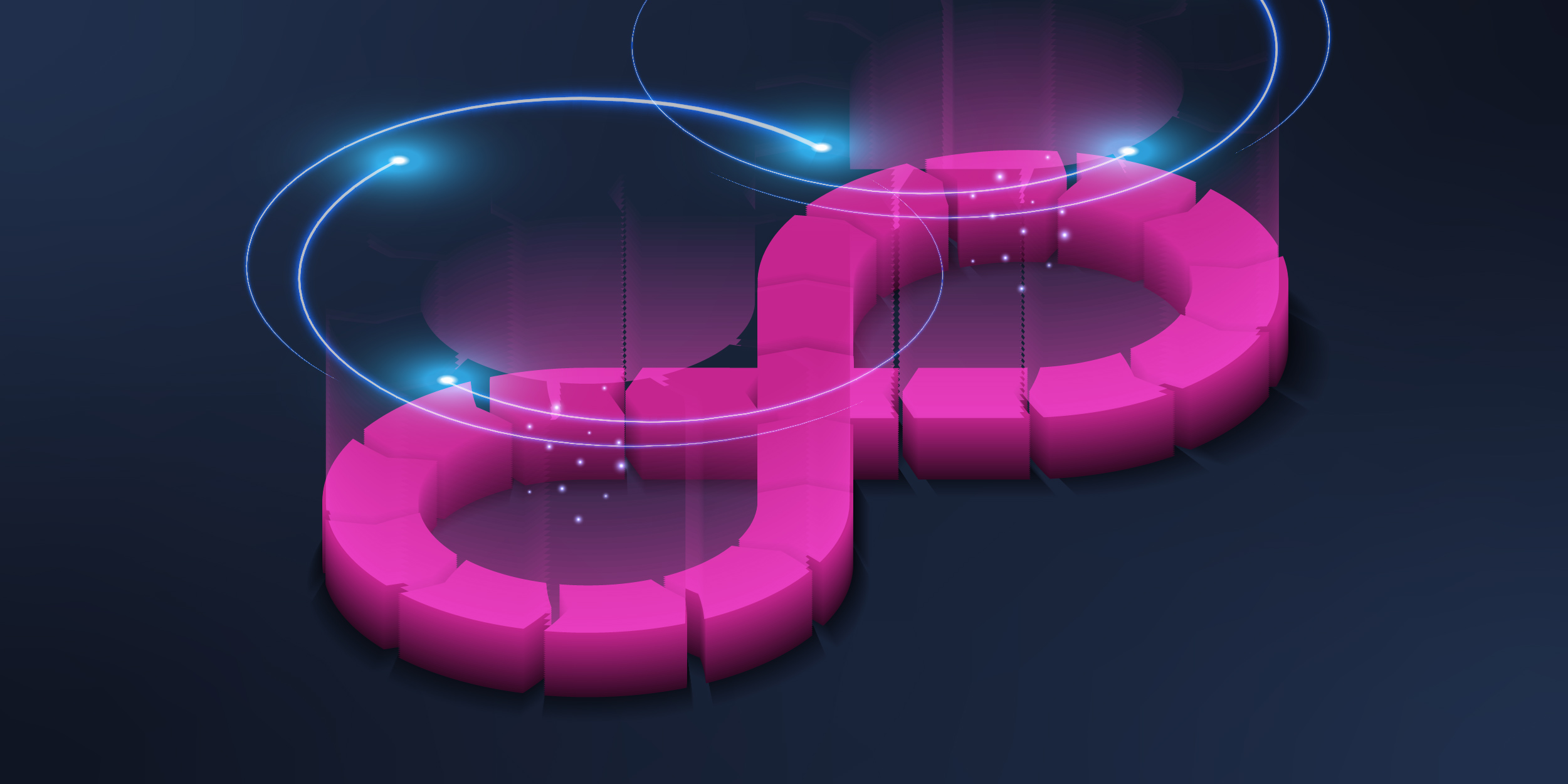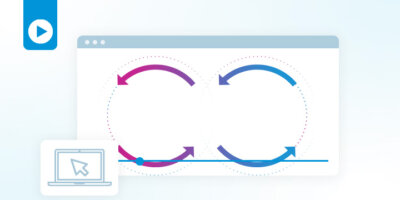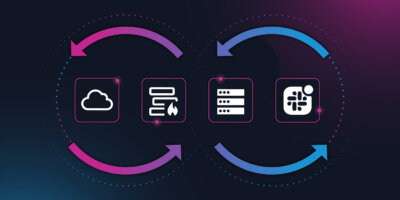Over time, as organizations, networks and technologies have changed, the way enterprises think about managing networks has shifted as well. Enterprises are continuing to evolve their networking strategies, specifically with regard to how they expand their efforts to adopt Infrastructure as Code (IaC) practices.
Looking ahead, the industry will continue to see the proliferation of solutions that help teams adopt a modern network operating model that enables an agile, data-driven change management process. In most organizations, the software development team members and the networking team members have operated independently, with separate tools and processes. Developers would leverage pipelines to test and deploy code and then open a ticket for network changes such as VPNs or firewall changes. The network team would implement the changes, and end users could then use the application. The handoff between dev and network could be immediate or, more likely, it could take a few days — delaying the ability of the end users to access the new functionality.
NetDevOps is focused on addressing this situation, which has become one of the market’s more critical infrastructure questions: How do you build an organization that can function smoothly across different skill sets, different technologies, and different processes? Those same enterprises will be looking to leverage continuous integration/continuous delivery (CI/CD) practices from their software development best practices to help them overcome some of the challenges involved with implementing automation and orchestration into their networks.
CI/CD Accelerates the Automation Process
Let’s start with CI/CD. Adoption of network automation and orchestration will accelerate as network operators change the way they think about network updates and configuration management. According to Cisco’s recent white paper on how “Automation is Driving Network Engineer Skills Transformation,” the reasons we’re seeing an increase in automation adoption is due to organizations relying on continuous connectivity, a greater need for the network to become more dynamic and the increased rate of changes both in the service supply side (applications) as well as in the service demand side (application consumers).
However, some enterprises trying to build their own automation infrastructure struggle with resourcing, skill sets and maintenance effort struggles. To solve this, many of them are looking to incorporate the traditional DevOps practice of building and updating code with traditional continuous integration/continuous delivery (CI/CD) pipelines into their network automation and orchestration initiatives.
Establishing a CI/CD pipeline is a workflow best practice for DevOps teams to follow. Today, organizations rely on CI/CD pipelines to help minimize bottlenecks in the software development and delivery process, while continuous integration optimizes building, integrating, and testing code within a development environment.
By integrating both CI/CD with network automation, teams will gain greater velocity and improve delivery. And by integrating network automation with an application CI/CD pipeline, they can reduce the time to perform network changes and enable secure access between the application and an in-house sales database.
Why NetDevOps?
NetDevOps brings the culture, technical methods, strategies, and best practices of DevOps to networking.
When DevOps principles are applied to network operations, organizations minimize operator interactions and optimize programmable network processes to configure, deploy and manage the environment, increasing efficiency and ensuring network availability, quality, and reliability.
NetDevOps takes those principles and applies them in a networking environment, offering tools to empower teams to collaborate and build an organization that can function across different skill sets and different processes — enabling everyone to participate in network orchestration.
And it’s a movement that’s taking hold. According to Cisco’s Hybrid Cloud Trends report, 55% of those surveyed have created a cross-functional team with technical and business representation and 50% have a centralized CloudOps and NetOps function to help ensure their organization’s hybrid cloud strategy meets business objectives.
Network Management Tools Will Continue to Evolve
In today’s networking environment, where the expectation is to have an “always on” approach, teams are expected to build and release new applications at a faster pace than ever before. And every team has its own processes and methods for doing that which can create delays in the time it takes to execute the application. Incorporating network automation into the pipeline can empower teams to make application changes and deploy them to the network in seconds instead of the multiple days/weeks required for manual network changes. By integrating CI/CD pipelines and NetDevOps principles with network automation and orchestration, organizations can reduce the network change bottleneck even more.
Going forward, we expect the way in which teams consume network automation and orchestration services as part of their software pipelines to become more sophisticated, with NetDevOps and CI/CD practices becoming a standard. And as more services become available, the adoption of IaC becomes easier. By abstracting and tweaking to abstract the traditional CI/CD pipeline, organizations of all sizes can accelerate the use of network automation and orchestration.
Itential supports the evolution to NetDevOps and network infrastructure as code with several key capabilities. The low-code and no-code workflow building capabilities allow NetOps teams to design, build, and publish automations quickly — then, the pieces of that workflow can become reusable assets for future automations, a key component of network IaC. Itential also integrates with pipelines bidirectionally, so developers can leverage Itential assets as microservices in CI/CD pipelines, and network automation engineers can incorporate pipeline calls into their automated processes. With Itential, teams can build, test, validate, and deploy network automations at scale.
To learn more about Itential is enabling Infrastructure as Code for network automation click here.
This article originally published in DevOps.com.





